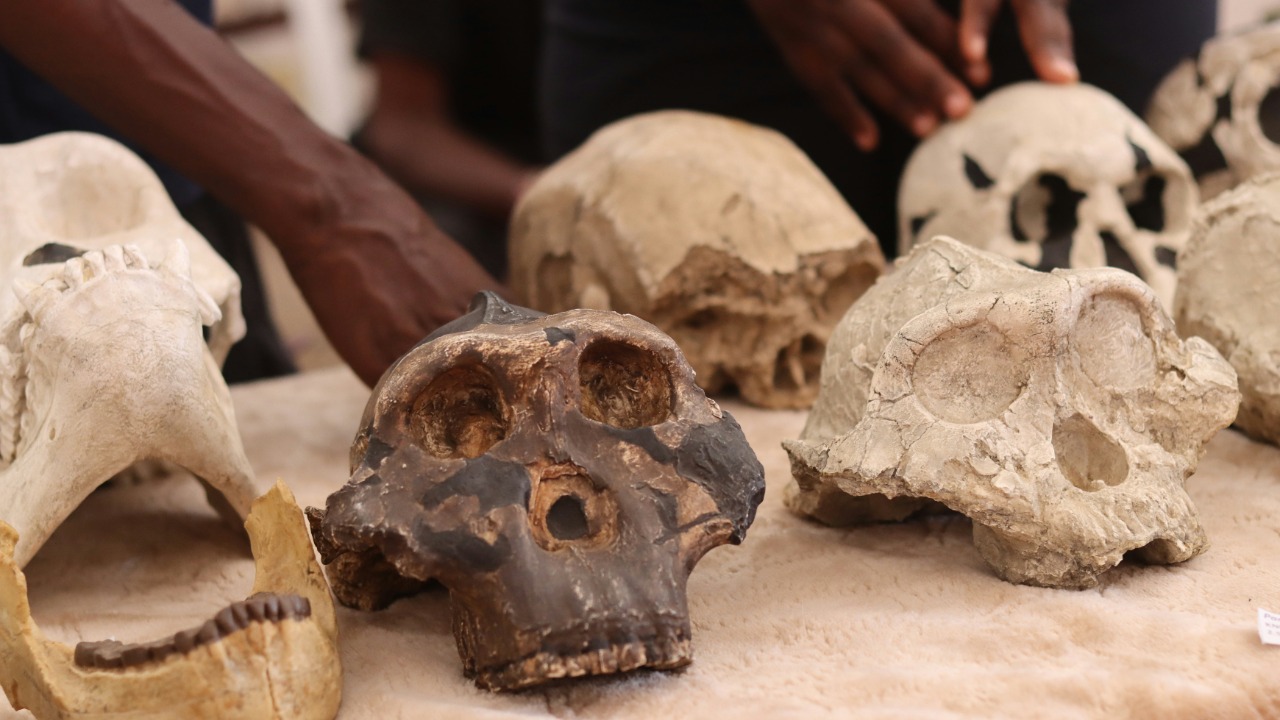
Around one million years ago, an ancient event led to a substantial decline in the human population, pushing our species perilously close to extinction. This piece will critically analyze the theories surrounding this event and the resulting human population bottleneck.
The Human Population Bottleneck: An Overview

In biological terms, a population bottleneck occurs when a species undergoes a significant, often sudden, reduction in population size. This reduction leads to a loss of genetic variation, which can have profound effects on the species’ ability to adapt and survive. For humans, the study of population bottlenecks is crucial for understanding our evolution and genetic diversity. It provides valuable insights into our past and helps us understand the evolutionary pressures that shaped us.
Population bottlenecks are significant in understanding human evolution because they can lead to rapid evolutionary changes. When a population is drastically reduced, the genetic makeup of the survivors becomes the foundation for future generations. This can lead to the emergence of new traits and adaptations that were previously rare or non-existent.
The Timing of the Near-Extinction Event
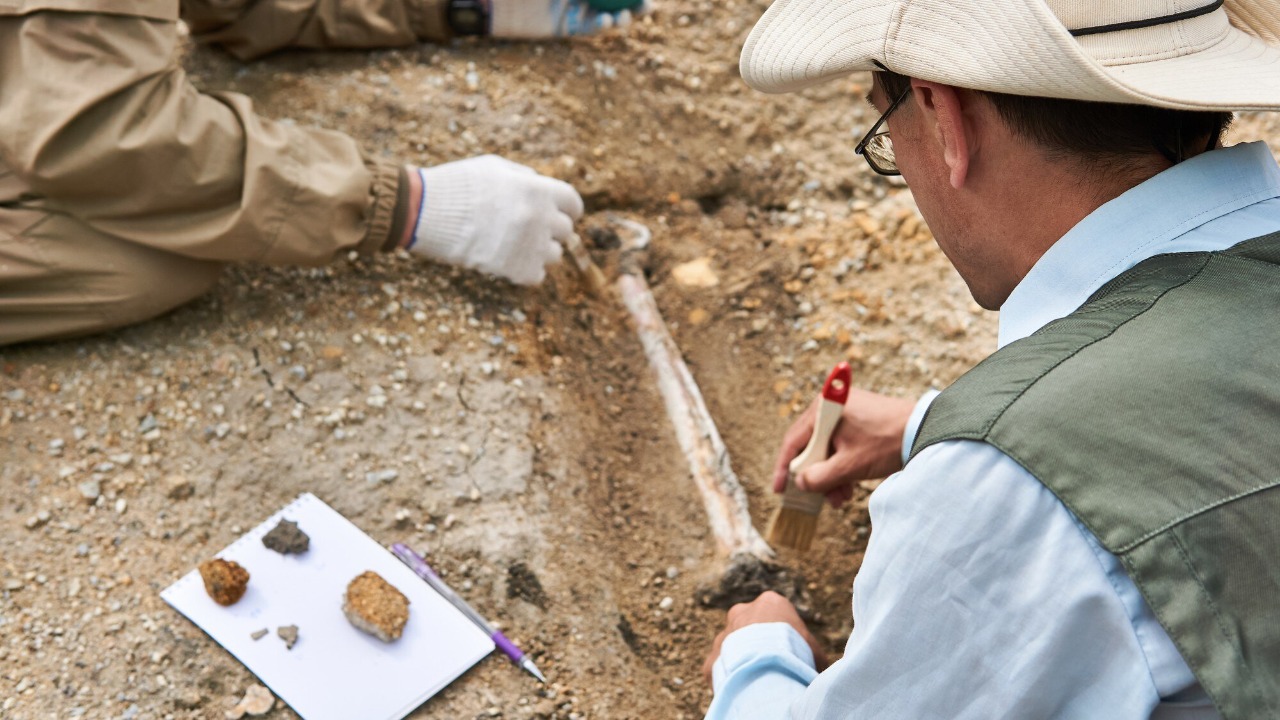
Evidence from genetic studies suggests that the near-extinction event occurred approximately one million years ago. According to a study published in Science, the event coincides with a period of rapid climate change, which could have had devastating effects on early human populations. Archaeology also plays a significant role in dating the event, with evidence from fossil records and tools made by early humans providing additional clues.
Archaeological findings, such as changes in tool-making techniques or shifts in settlement patterns, can indicate periods of population stress or decline. By combining this archaeological evidence with genetic research, scientists can build a more complete picture of the timing and potential causes of the near-extinction event.
Theories Behind the Population Crash

Several theories have been proposed to explain the population crash. One prevalent theory is that climate change played a significant role. Rapid shifts in climate, such as the onset of an ice age, could have drastically altered the environments in which early humans lived, making survival more challenging. A stark change in climate could have led to reduced food resources, forcing human populations to compete for survival.
Another theory suggests that diseases and epidemics could have played a part in the decline. As per a report in the Philosophical Transactions of the Royal Society B, disease transmission rates can increase when populations are under stress, potentially leading to devastating outbreaks. While it’s challenging to prove this theory due to the lack of direct evidence, it remains a plausible explanation for the population crash.
Surviving the Crash: The Homo Sapiens’ Resilience
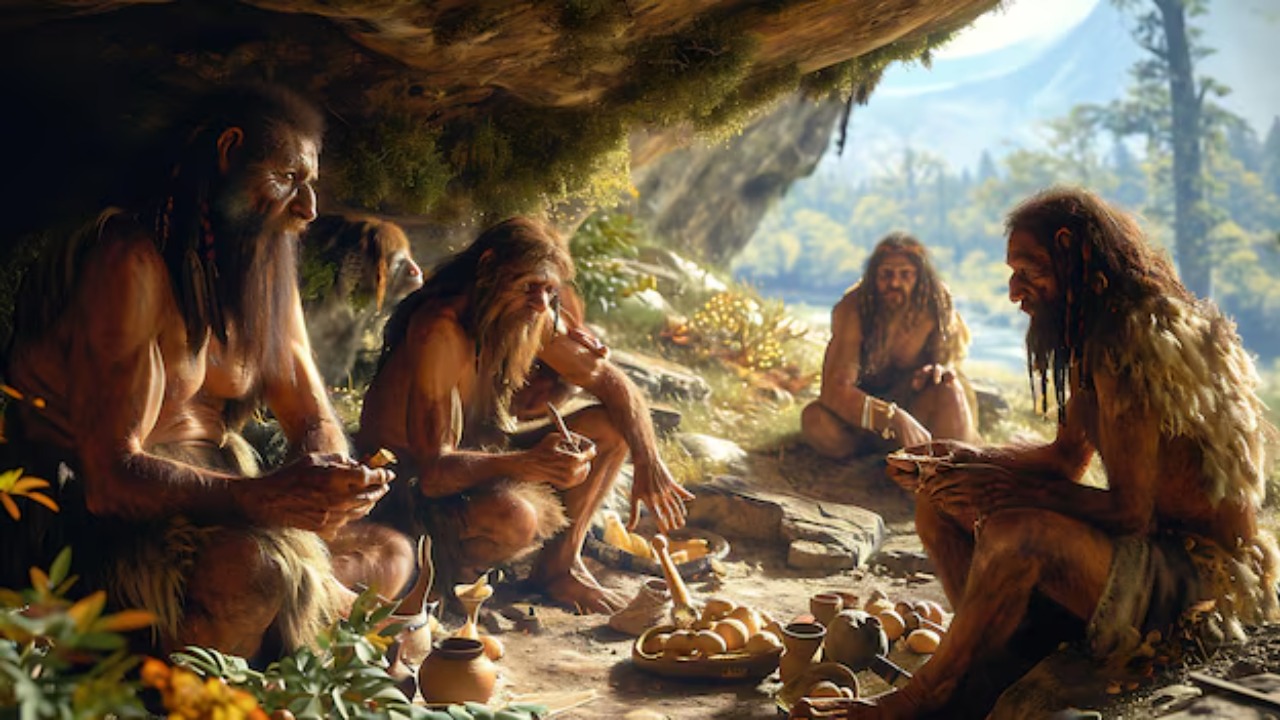
The survival of early human populations is attributed to their resilience and adaptability. Humans have always been innovative problem solvers. This quality likely played a crucial role in our survival during the population crash. Early humans may have developed new hunting strategies, tools, or shelter designs to cope with the changing environment.
Additionally, the ability to form complex social networks may have been vital for survival. These networks could have facilitated the sharing of resources and knowledge, helping early human populations withstand the pressures of the population crash.
Genetic Evidence of the Population Crash
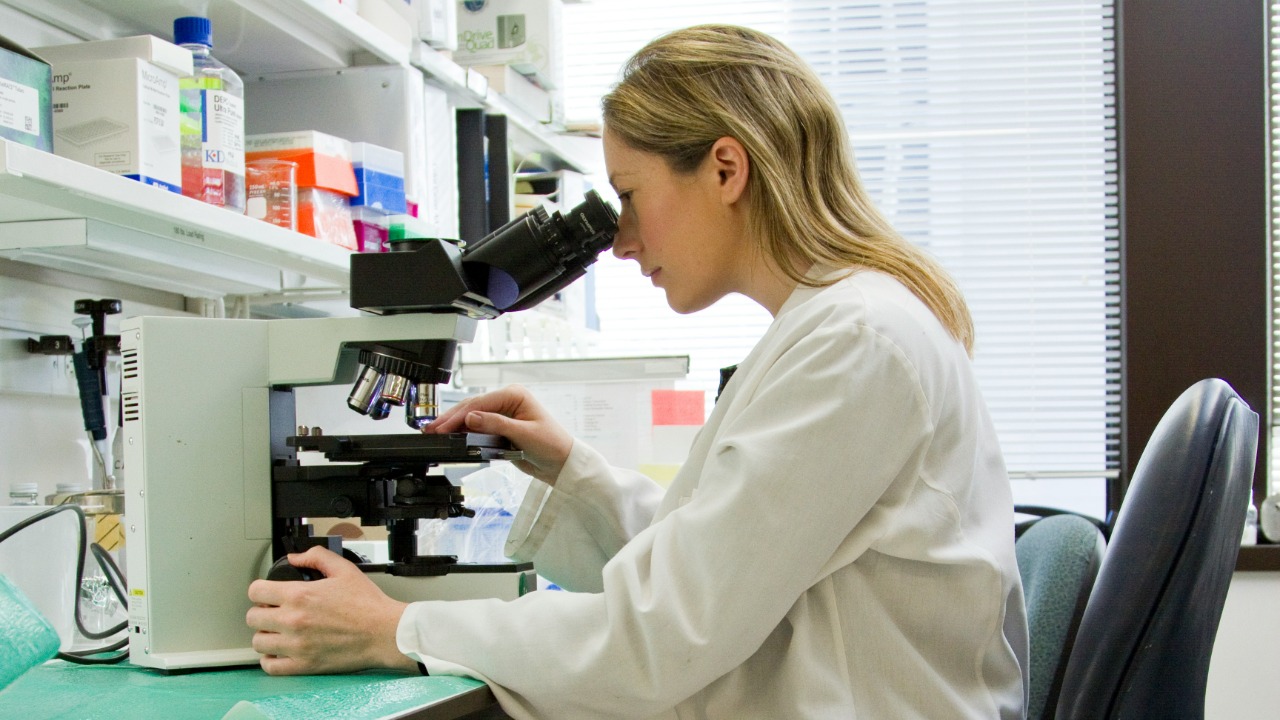
Genetic research provides strong evidence for a population bottleneck around one million years ago. This research shows a decrease in genetic diversity during this period, suggesting that the human population fell to a low number. The impact of this bottleneck on human genetic diversity is still felt today, with all humans sharing a high degree of genetic similarity.
For instance, a study in Man shows that human genetic diversity is considerably less than that of many other primates, a likely consequence of our past population bottleneck.
Implications for Human Evolution
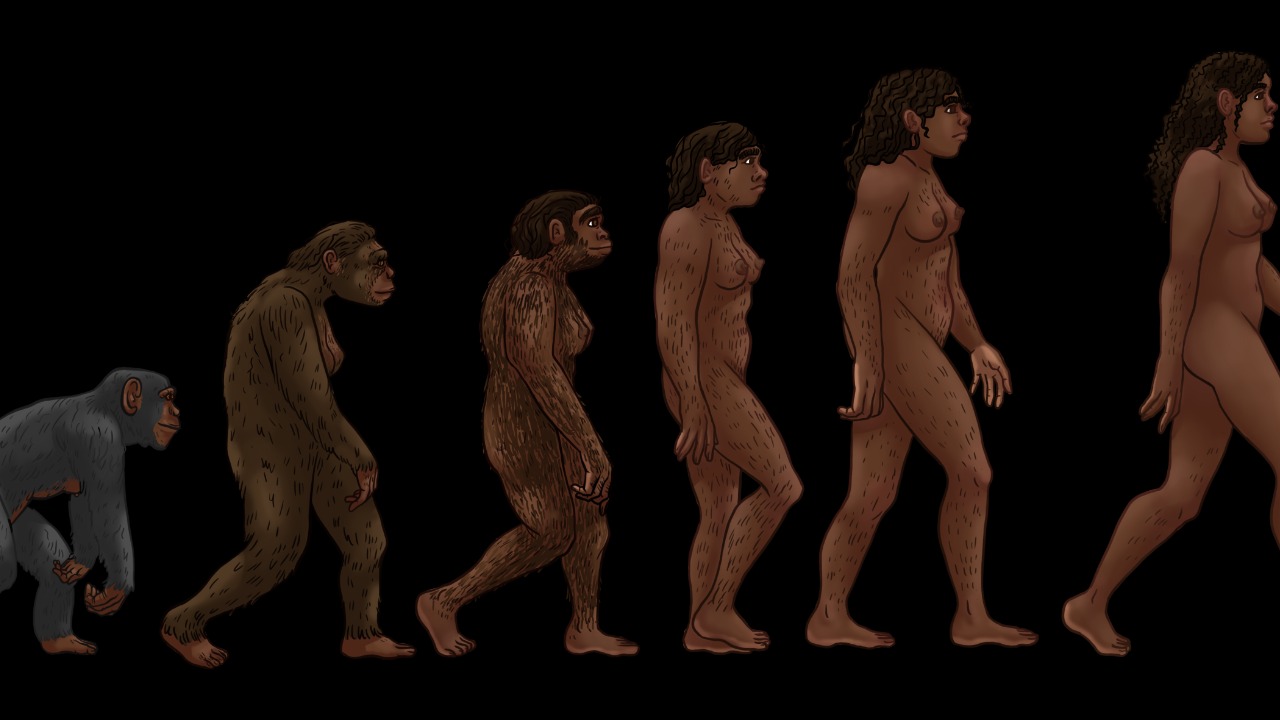
The population bottleneck had profound implications for human evolution. It not only shaped our genetic diversity but also influenced our physical and behavioral traits. The pressures of the bottleneck could have driven the evolution of traits that improved survival, such as increased intelligence or the ability to cooperate in large groups.
The population crash also likely influenced human migration patterns. With the reduction in population size and available resources, early humans may have been forced to migrate in search of new habitats. This movement could have led to the colonization of new regions and the development of distinct human populations around the world.
Controversies and Debates in the Field

The study of ancient human populations is fraught with challenges and controversies. Some scientists dispute the timing of the population crash, while others question the role of climate change or disease in the event. The lack of direct evidence makes it difficult to definitively prove any theory, leading to ongoing debates in the field.
Furthermore, the study of ancient DNA is complex and fraught with potential errors. Contamination, degradation, and the difficulty of obtaining reliable samples are just a few of the challenges faced by researchers. These challenges add to the controversies and debates surrounding the population crash.
Lessons from the Past: Understanding Our Vulnerability
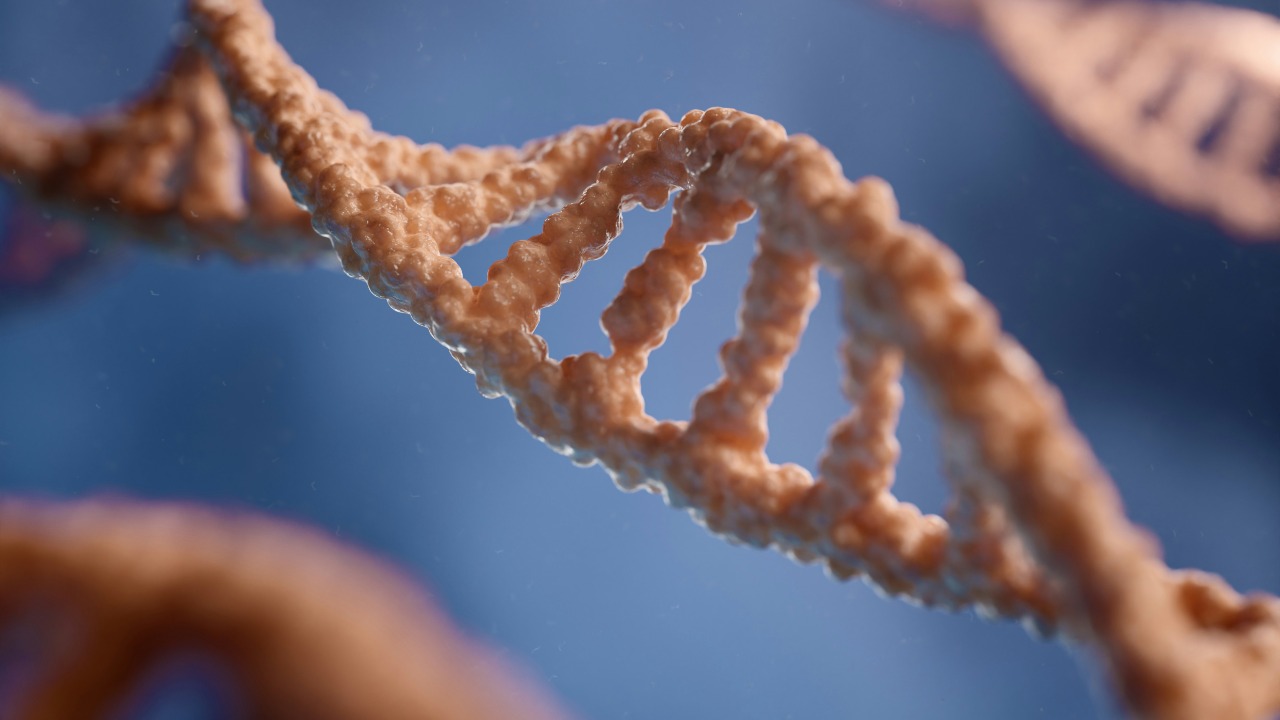
The population crash serves as a stark reminder of our vulnerability to environmental changes. As we face the current challenges of climate change, understanding our past can provide valuable insights into our potential future. The resilience and adaptability that helped our ancestors survive the population crash will be crucial in navigating the environmental challenges of the 21st century.
Moreover, the population crash highlights the importance of genetic diversity for a species’ survival. Genetic diversity allows for adaptation and resilience in the face of change. Preserving this diversity within our species and in the broader ecosystem is key to ensuring our continued survival.
Moving Forward: Current Research and Future Directions

Current research continues to shed light on the near-extinction event. Advances in genetic technology, improvements in archaeological methods, and the discovery of new fossil sites all contribute to our understanding of this critical period in human history. Future research might help resolve current debates and controversies, providing a more definitive picture of what happened a million years ago.
As our understanding of the past improves, we can better predict and prepare for future challenges. By learning from our ancestors’ experiences, we can ensure our species’ continued survival and prosperity. As per an article on IFLScience, the lessons from the past can guide us towards a sustainable future.